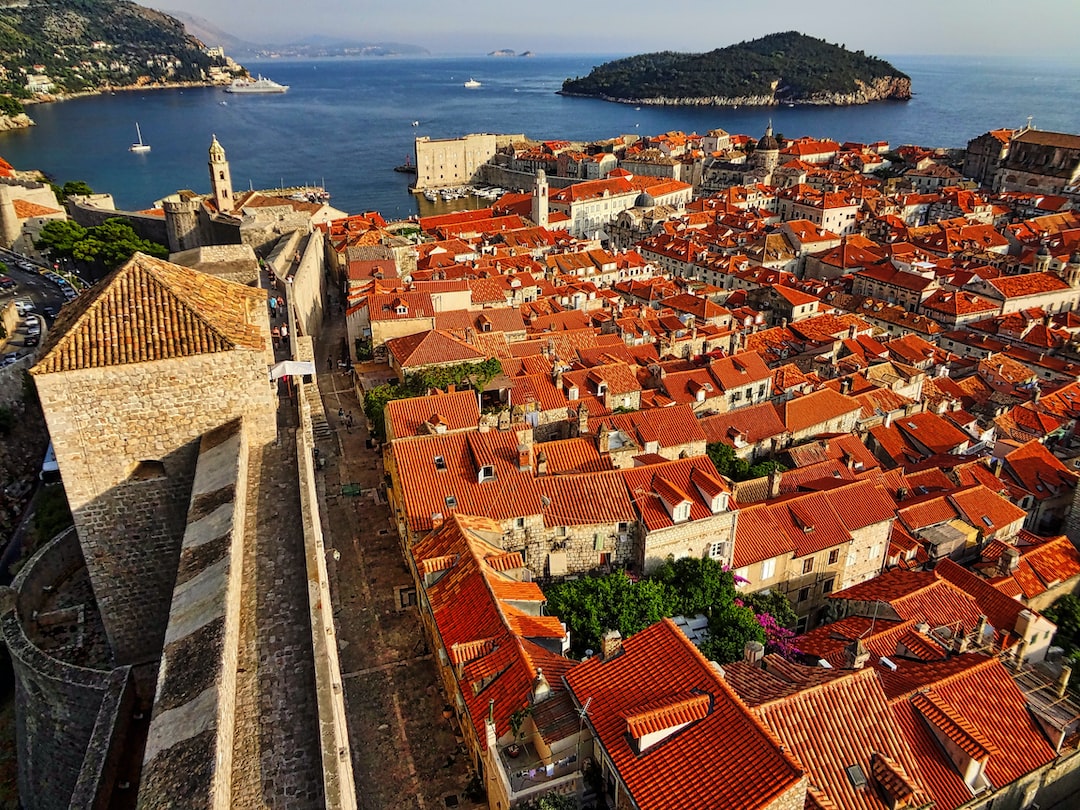Nepal, located in the lap of the Himalayas, is a destination that attracts thousands of trekkers from around the world. The country is blessed with a diverse geography that ranges from the towering snow-capped mountains to lush green valleys, picturesque villages, and a rich culture of ancient temples and monasteries. A trekking adventure in Nepal can be fulfilling, exciting, and challenging, all at the same time. In this ultimate guide, we’ll explore everything you need to know to plan a successful trekking experience in Nepal.
Trekking in Nepal: The Basics
Trekking in Nepal requires a basic level of fitness and endurance. The routes are generally long and often rugged, which means that trekkers need to be physically prepared before embarking on their journey. It’s important to note that the weather conditions in Nepal change frequently, so it’s crucial to plan your trek during the best season.
Nepal has two main trekking seasons: September through November and March through May. During these months, the weather is stable, and the skies are clear, which provides the best visibility of the mountains. During the winter and monsoon seasons, trekking routes can be closed, and the weather can be unpredictable and hazardous.
To trek in Nepal, you will need to acquire the necessary permits and pay the required fees. These permits can be obtained in Kathmandu, the country’s capital city, and other trekking hub destinations. You’ll also need to have a guide, who can help you navigate the treacherous mountain terrain, and porters, who can carry your heavy gear.
Trekking Routes in Nepal
There are numerous trekking routes in Nepal that cater to different levels of experience and expertise. Some popular routes include:
The Everest Base Camp Trek
The Everest Base Camp Trek is arguably the most popular and challenging trekking route in Nepal. It’s a 120 km journey that leads trekkers through the heart of the Khumbu region, offering incredible views of the world’s highest mountain peaks. The trek can take between 12 to 16 days depending on your pace, and will take you through many Sherpa villages, glaciers, and spectacular mountain views.
The Annapurna Circuit Trek
The Annapurna Circuit Trek is another popular trekking route in Nepal. It’s a 300 km circuit that takes trekkers through some of the most breathtaking scenery in the world, including the vast landscapes of the Mustang region, the challenging Thorong La Pass (5,416 meters), and the village of Jomsom, where many trekkers can catch a glimpse of running ponies.
However, the Annapurna circuit trek has become a road trip in many places so it might not be the best for those looking to experience solace and tranquility.
Langtang Valley Trek
The Langtang Valley Trek is a 10-day journey that takes trekkers through the Langtang National Park. The trek offers an insight into the Tamang and Sherpa cultures and stunning views of the Langtang Lirung mountain range.
Manaslu Circuit Trek
The Manaslu Circuit Trek is one of the most challenging treks in Nepal and offers an excellent opportunity for experienced trekkers to experience Nepal’s wilderness. The trek takes about 15 days and takes you through some of the country’s most remote and culturally-rich regions, while challenging you with high altitude mountain passes.
Best time to Trek in Nepal
As previously mentioned, the best time for trekking in Nepal is during the autumn (September to November) and spring (March to May) seasons. During these times, the weather is ideal, and the views of the snow-capped mountains are incredible.
If you are on a tight schedule or simply want to avoid the high tourist season, you can trek to the Annapurna and Everest regions during the winter (December to February) and summer (June to August) seasons. However, you need to be wary of the challenging weather conditions, muddy trails, and possible landslides.
What to Pack for Trekking in Nepal
When trekking in Nepal, you need to pack lightly and efficiently. Here is a list of essential items you should pack for your trek:
1. Hiking boots
2. Gaiters
3. Fleece or woolen jackets
4. Waterproof jacket and pants
5. Sunhat and sunglasses
6. Gloves and a warm hat
7. Trekking poles
8. Sleeping bag and mat
9. Water bottles and purification tablets
10. Headlamp and spare batteries
11. Trekking backpack
12. Snacks, chocolate bars, and other nutritious foods.
Accommodation and Food in Nepal
When trekking in Nepal, you’ll find many budget and mid-range accommodation options. Budget options such as teahouses and guesthouses are located along the trekking trails, allowing you to sleep comfortably in basic lodgings at an affordable price. Mid-range lodgings are located in the more touristic areas and offer a more comfortable and cozy atmosphere.
When it comes to food, most of the teahouses and guesthouses along the trails offer a reasonably diverse menu. Expect to find a range of cuisines, including Nepalese, Chinese, Indian, and Western dishes. The food is generally rich in carbohydrates and proteins, which are crucial for energy on the trek.
Final Thoughts
Trekking in Nepal is a once-in-a-lifetime experience that requires preparation and planning. With the right guidance, equipment, and expertise, you can explore the stunning landscapes and fascinating cultures of this mountainous country. It’s essential to keep in mind that safety is paramount, so it’s best to trek with a qualified guide and be vigilant about the changing weather conditions. Don’t forget to take plenty of photos and soak in the natural beauty of Nepal. Happy trekking!

